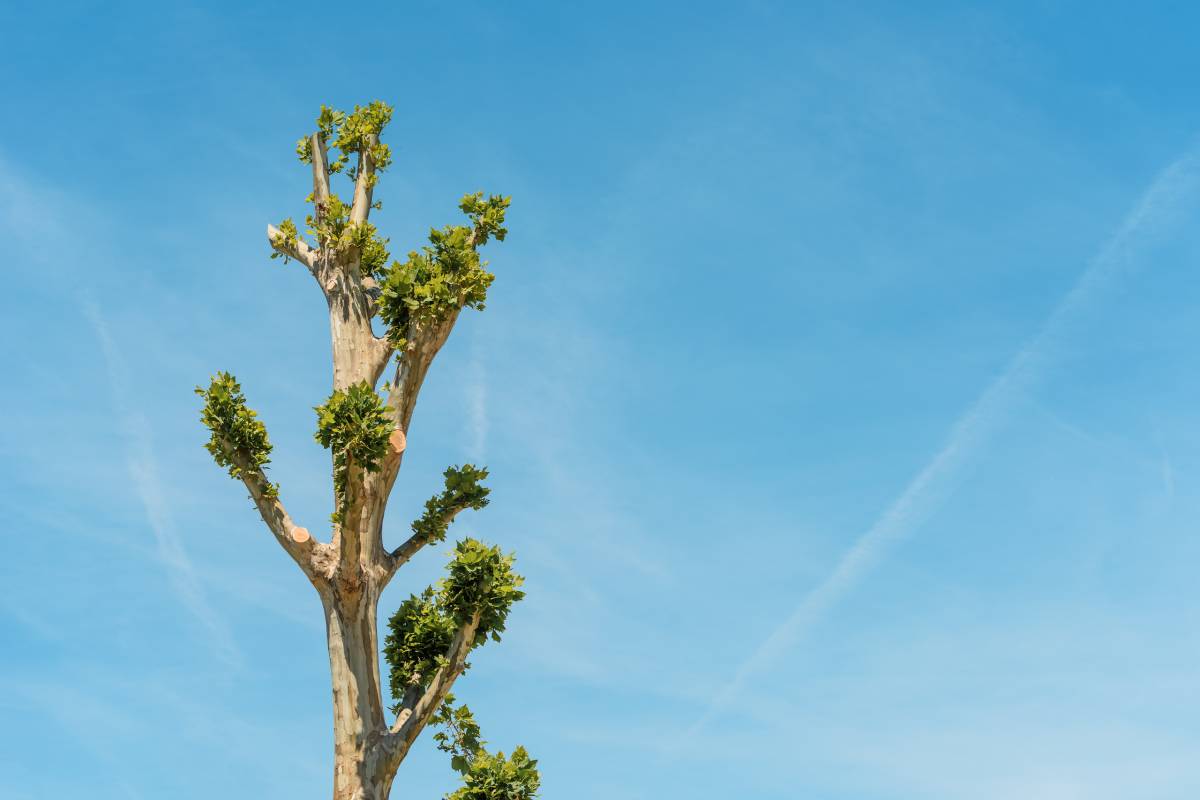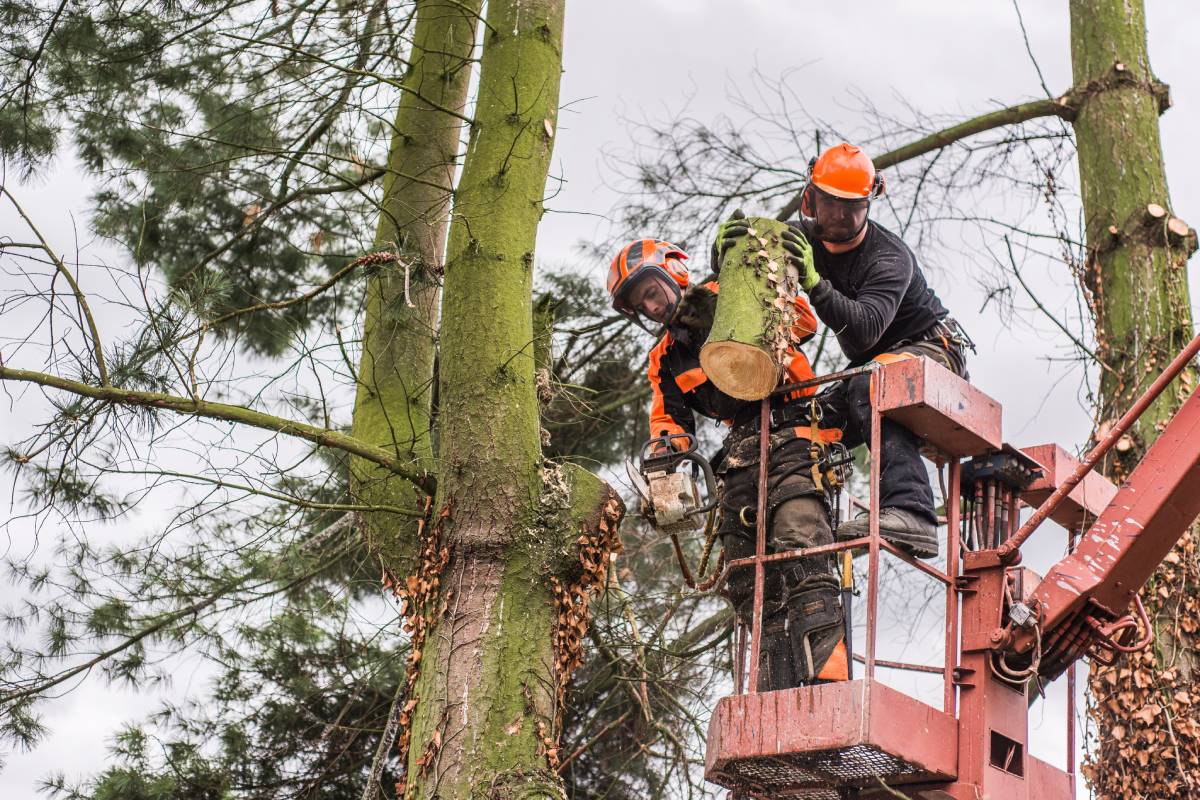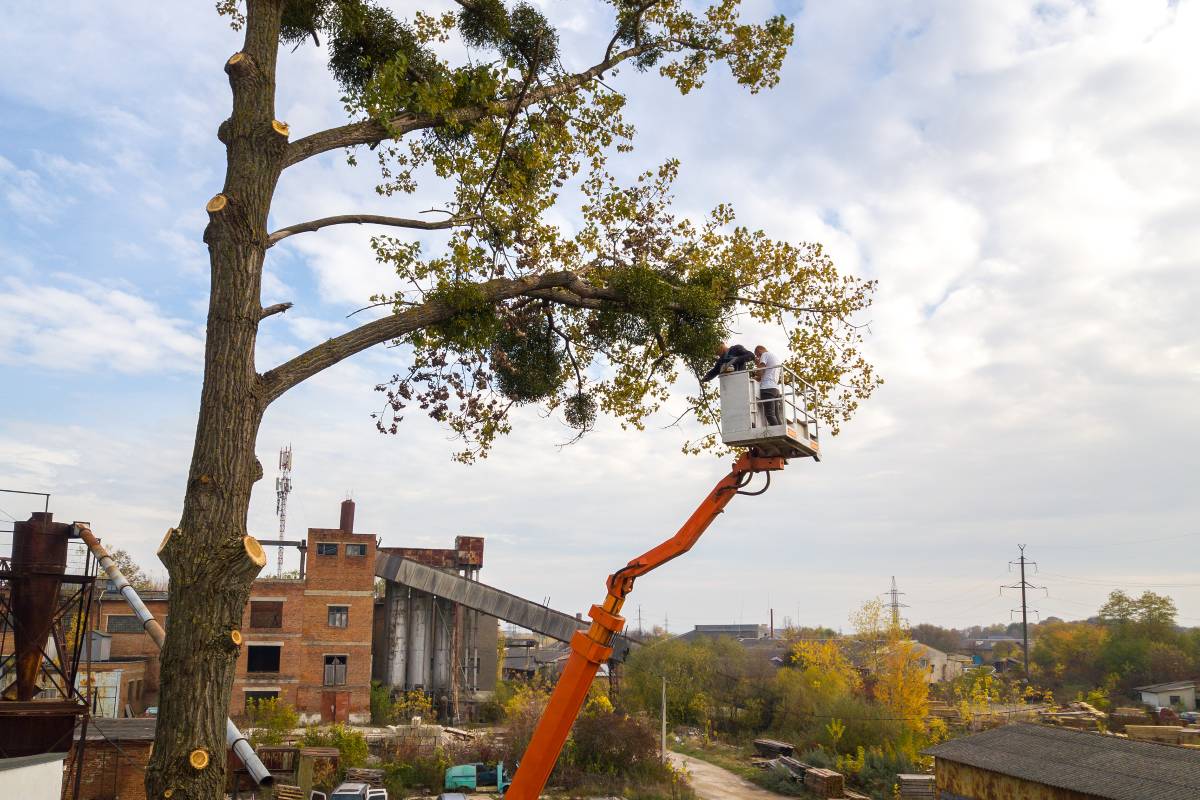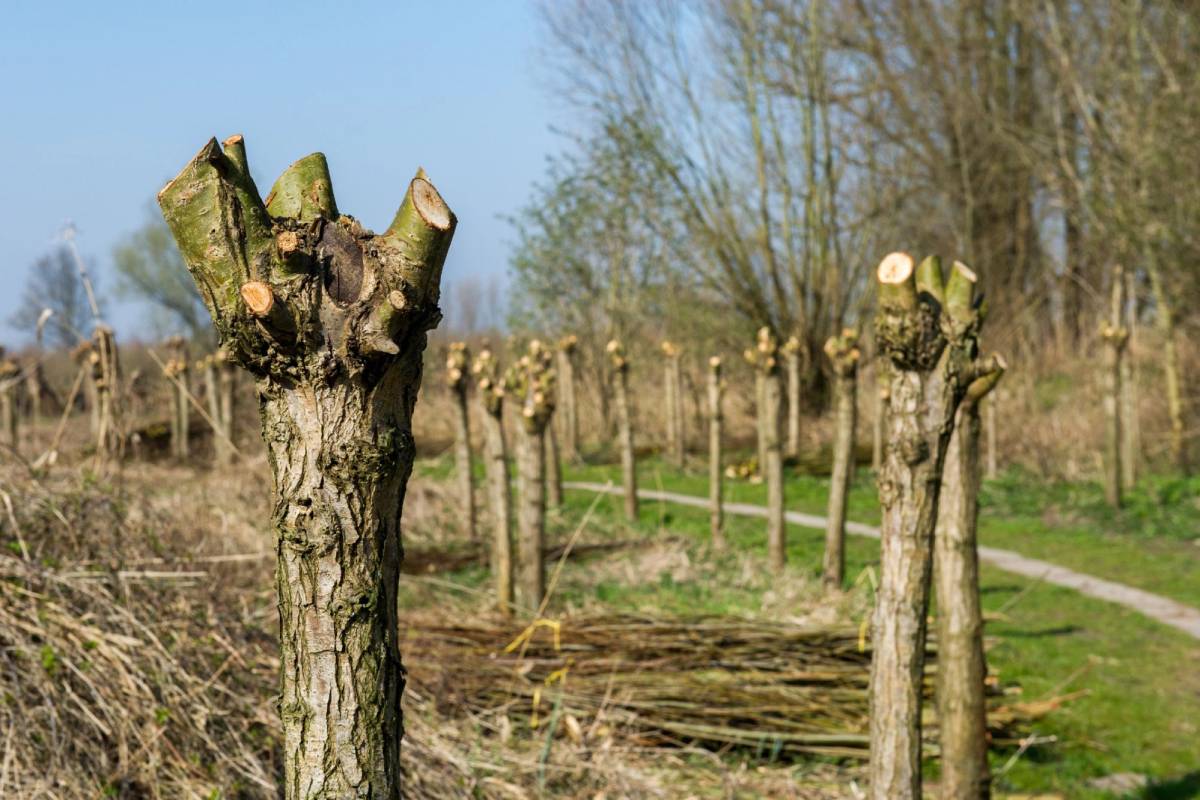Tree lopping, tree pruning, tree topping, and tree pollarding are all vital services for maintaining the health and safety of trees in Perth. While they involve cutting branches, each method varies significantly in approach and impact on tree health.
Tree lopping, the most extreme form of pruning, removes large portions or entire branches, while tree pruning targets smaller, selected areas of growth. On the other hand, tree topping involves cutting off the tops of trees, while tree pollarding entails regularly removing upper branches to promote dense new growth.
Understanding the differences among these techniques is crucial for effective tree maintenance in Perth. In this article, we’ll explore why it’s essential to distinguish between tree lopping, pruning, topping, and pollarding when caring for trees in Perth.
What is tree lopping?
Understanding tree lopping is straightforward when you break down the term itself. “Lopping” implies haphazardly slicing away at a tree without much precision or care. Indeed, tree lopping involves cutting off branches solely to reduce the tree’s size, with little consideration for proper regulation.
This practice primarily aims at altering the tree’s appearance, disregarding its health. It’s essentially about trimming branches to make the tree appear slimmer or smaller, which may seem visually pleasing or less demanding in terms of maintenance.
However, it’s crucial to recognize that tree lopping can actually harm the tree. Lopped trees can become hazardous because the new growth that sprouts, known as epicormic growths, tends to attach poorly to the tree’s outer layer, making it prone to breakage.
Moreover, lopping inflicts stress and trauma on the tree, leaving it vulnerable to diseases and decay. Additionally, the exposed wounds left behind by lopping serve as an open invitation for pests to invade the tree, further compromising its health.
What is tree pruning?
Tree pruning is the practice of selectively removing specific branches or parts of a tree to improve its health, appearance, or structure. Pruning is often done for several reasons, including:
- Health: Removing dead, diseased, or damaged branches can prevent the spread of disease and promote the tree’s overall health.
- Safety: Eliminating weak or hazardous branches reduces the risk of falling limbs and potential damage to property or injury to people.
- Aesthetics: Pruning can enhance the natural shape and appearance of a tree, improving its visual appeal and symmetry.
- Structure: Proper pruning can encourage strong branch growth and improve the tree’s overall structure, reducing the likelihood of structural failure in the future.
Tree pruning should be performed by a trained professional tree surgeon using appropriate techniques and tools to ensure the safety of both the tree and the pruner. It’s essential to consider factors such as the tree species, its growth habits, and the desired outcome when determining the pruning approach. Properly pruned trees tend to be healthier, safer, and more visually appealing.
What is tree topping?
Tree topping, also known as hat-racking or heading, is the drastic and often harmful practice of cutting off the tops of trees, typically by removing large sections of the upper branches and foliage. This results in a significant reduction in the height and size of the tree.
Tree topping is sometimes done for reasons such as:
- Height Reduction: Topping is often carried out to reduce the height of a tree, particularly if it is encroaching on power lines or obstructing views.
- Risk Reduction: It may be done to address safety concerns, such as preventing branches from interfering with buildings, roads, or other structures.
However, tree topping is generally considered detrimental to the health and structural integrity of trees. It can lead to a variety of issues, including:
- Stress: Topping removes a large portion of the tree’s canopy, which disrupts its ability to photosynthesize and produce food, leading to stress and decline.
- Weak Growth: After topping, trees often respond with vigorous, weakly attached new growth that is prone to breaking in wind or storms.
- Disease and Decay: Topping creates large wounds that expose the tree to pests, diseases, and decay organisms, increasing the risk of long-term damage and decline.
- Aesthetics: Topped trees often have unsightly regrowth and may develop an unnatural appearance over time.
For these reasons, tree topping is generally discouraged and is considered an outdated and harmful practice. Instead, proper pruning techniques should be employed to maintain the health, safety, and aesthetics of trees while preserving their natural structure.
What is tree pollarding?
Tree pollarding is a pruning technique that involves the removal of the upper branches of a tree, typically at a specific height above the ground. Unlike tree topping, which indiscriminately removes large portions of the canopy, pollarding is a more controlled method that encourages the tree to produce a dense mass of new growth below the pruning cuts.
The main features of tree pollarding include:
- Regular Pruning: Pollarding is usually performed on a cyclical basis, often every few years, to maintain the desired height and shape of the tree.
- Height Maintenance: Pollarding is commonly used to control the height of trees, especially in urban areas where space is limited or to prevent interference with power lines or buildings.
- Promotion of New Growth: By removing the upper branches, pollarding stimulates the tree to produce vigorous new growth from the pruning points, resulting in a dense cluster of smaller branches and foliage.
- Aesthetic Appeal: When done correctly, pollarding can create a distinctive and attractive silhouette for certain tree species, adding visual interest to landscapes and urban environments.
- Historical Practice: Pollarding has been practised for centuries in Europe and other parts of the world, often as a way to provide a sustainable source of wood for fuel or other purposes while keeping trees at a manageable size.
While tree pollarding can be an effective way to manage the growth of certain tree species in specific contexts, it requires skill and knowledge to perform correctly. Improper pollarding can lead to stress, decay, and structural issues for the tree. It’s essential to consult with a qualified arborist or tree care professional before undertaking pollarding to ensure it is done properly and in a manner that promotes the long-term health and vitality of the tree.
What are the main differences between tree lopping, pruning, topping, and pollarding?
Tree lopping, pruning, topping, and pollarding are all methods of modifying the size, shape, or structure of trees, but they differ in their techniques, objectives, and consequences. Here are the main differences between them:
- Tree Lopping:
- Technique: Involves cutting off the top portion of a tree’s trunk and branches, often leaving stubs or lateral branches.
- Objective: Primarily done to reduce the height or size of a tree for various reasons, such as preventing interference with power lines or reducing shading.
- Consequences: Can lead to tree stress, decay, increased risk of disease, and unsightly regrowth. Generally not recommended by arborists due to its harmful effects on tree health.
- Pruning:
- Technique: Selectively removing specific branches or parts of a tree to improve its health, appearance, or structure.
- Objective: Done to remove dead, diseased, or damaged branches, promote strong growth, enhance aesthetics, and ensure safety.
- Consequences: When done properly, pruning promotes tree health, safety, and aesthetics. However, improper pruning can lead to stress, disease, and structural issues.
- Tree Topping:
- Technique: Drastic and harmful practice involving the removal of the tops of trees by cutting off large sections of the upper branches and foliage.
- Objective: Often done to reduce tree height or address safety concerns, but it’s generally considered detrimental to tree health.
- Consequences: Results in stress, weak growth, disease, decay, and unsightly regrowth. Considered an outdated and harmful practice.
- Pollarding:
- Technique: Involves the regular removal of the upper branches of a tree at a specific height above the ground to promote dense new growth.
- Objective: Done to control tree height, stimulate new growth, and create a distinctive silhouette.
- Consequences: When done correctly, pollarding can be an effective way to manage tree growth and enhance aesthetics. However, improper pollarding can lead to stress, decay, and structural issues.
In short, tree lopping and topping are generally harmful practices that involve indiscriminate removal of tree parts, while pruning and pollarding are more controlled techniques aimed at promoting tree health, safety, and aesthetics when done properly.
In Conclusion
Tree lopping, tree pruning, tree topping, and tree pollarding are all distinct services, each with its unique purpose. Understanding the differences between these methods, as well as the tools and techniques associated with each, is crucial for ensuring optimal tree care in Perth.
Partnering with a certified arborist is key to maintaining the health and safety of your trees while preserving their beauty. With proper care and attention, you can enjoy a vibrant, green landscape with thriving trees for years to come.
Should you have any inquiries or uncertainties, don’t hesitate to reach out to our certified arborist who can offer insights and recommendations tailored to your specific tree care needs.




